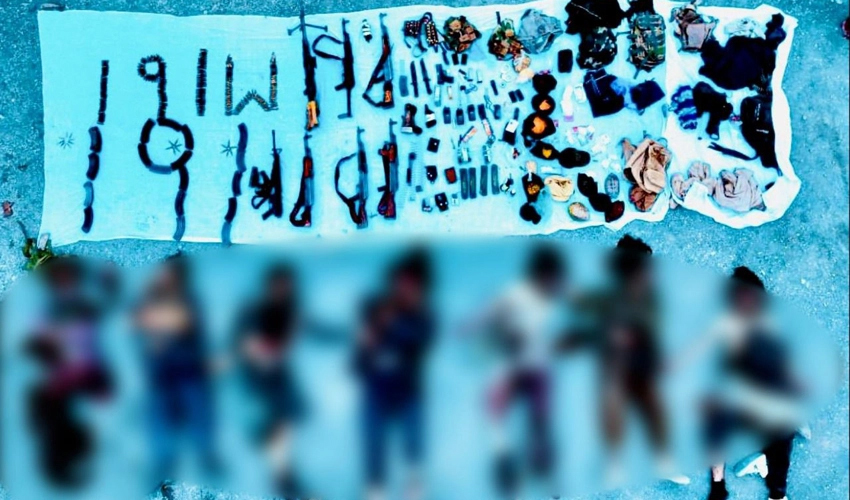Security forces thwart infiltration bid, neutralize seven terrorists
Huge cache of weapons, ammunition and explosives also recovered from killed terrorists
Huge cache of weapons, ammunition and explosives also recovered from killed terrorists
Govt’s decision to expedite surrender of unused funds suggests a pressing need to manage its finances
Batting department gets stronger with presence of Usman, Shadab and Imad
PCBDA's standpoint, proposals include the integration of the metro bus service with green and blue lines
SECP is committed to ensure fairness and transparency in the capital market
Spox says Saudi Arabia stands as one of Pakistan's closest and most trusted allies
Ex-Pakistan captain Salman Butt will also feature in commentary
Pakistan, New Zealand to lock horns in first T20I on April 18
Former batter reiterates that he holds no association with any online platform
Huge cache of weapons, ammunition and explosives also recovered from killed terrorists
Find perfect wearable for your lifestyle
Meteorological department of UAE has predicted that the rain will continue today
Gwadar, Kech, Awaran, Chagai, and Kharan are expected to have thunderstorms
Both side agreed on the rolling of the Country Framework Plan for ten years.
The airport is working hard with its response teams and service partners to restore normal operations
Govt’s decision to expedite surrender of unused funds suggests a pressing need to manage its finances
Batting department gets stronger with presence of Usman, Shadab and Imad
Revelation sends shockwaves through the entertainment and political spheres
Protesters demand complete severance of ties between Google and the Israeli military and government
Passengers are not allowed to go out of the airport because they don’t have a Dubai visa
Study discovers that sound coming from a disturbed plant could be heard over a meter away
Economic ups and downs can be managed through 'Charter of Economy'

